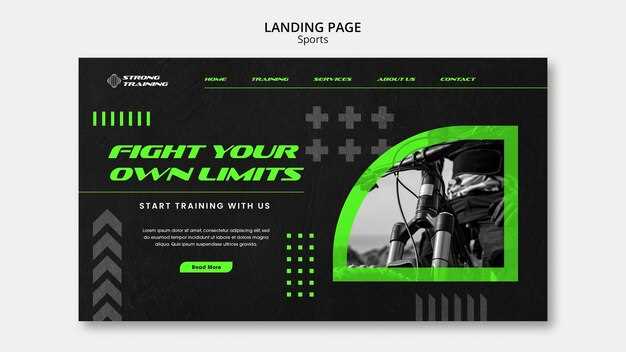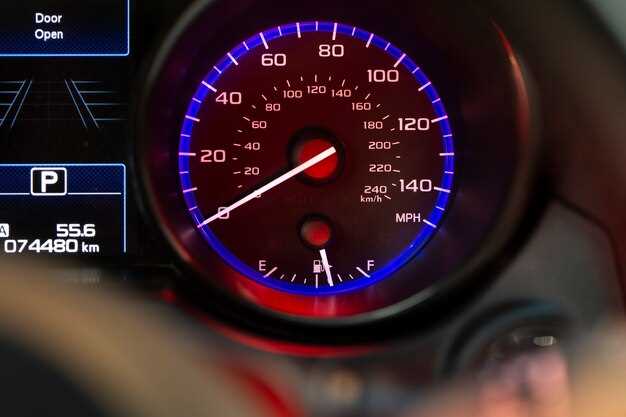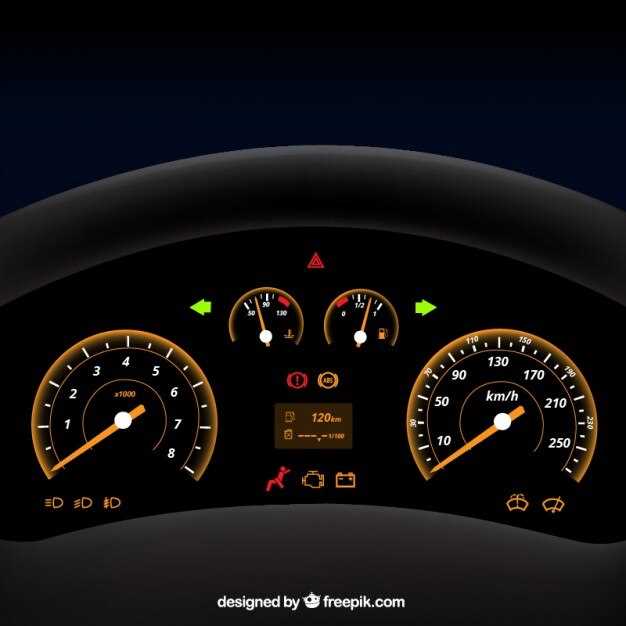
In the high-stakes arena of track racing, the ability to optimize vehicle performance can mean the difference between victory and failure. One critical aspect of achieving peak performance is the implementation of custom fuel mapping techniques. These techniques allow racers to fine-tune their engine’s air-fuel mixture, which can significantly enhance power output, throttle response, and overall efficiency.
Track racing presents unique challenges that standard fuel maps may not adequately address. Each racing environment–be it a twisty circuit or a high-speed oval–demands specific adjustments to engine behavior. Custom fuel mapping enables teams to adapt to varying track conditions, weather changes, and tire types, ensuring that the vehicle performs optimally under any circumstances. This involves not just altering the fuel mixture, but also making intricate adjustments to timing, boost levels, and other parameters that influence engine dynamics.
Moreover, a well-executed fuel map can contribute to improved fuel efficiency, which is crucial during endurance races. By employing advanced data analytics and real-time telemetry, teams can assess performance metrics and make informed decisions on fuel mapping adjustments. This article delves into the methods and strategies behind custom fuel mapping, offering insights for racers looking to gain a competitive edge on the track.
Optimizing Fuel Mixture Ratios for Maximum Power Output

Achieving maximum power output in track racing requires precise management of fuel mixture ratios. The optimal ratio of air to fuel affects engine performance, efficiency, and overall power delivery. Generally, the ideal stoichiometric ratio for gasoline engines falls around 14.7:1, but for performance applications, this may vary significantly.
Adjusting Ratios for Performance Gains
To enhance power, tuners often lean towards a richer fuel mixture, commonly between 12:1 and 13:1 under wide open throttle conditions. A richer mixture facilitates better fuel atomization and cooling, particularly during high-load scenarios, thus preventing knocking and enabling more aggressive ignition timing.
However, excessively rich mixtures can lead to incomplete combustion, producing unburned fuel and increased emissions. Conversely, a lean mixture can improve fuel efficiency; however, it risks overheating and knocking, ultimately hampering power. It’s imperative to balance these factors to optimize performance without compromising engine safety.
Utilizing Data Logging and Tuning Software
Modern engines equipped with electronic fuel injection (EFI) systems allow for real-time data monitoring and adjustments. Utilizing tuning software, racers can analyze lambda readings (air-fuel ratio readings) to make informed adjustments. Targeting a slightly rich ratio during wide-open throttle can be effective, while a leaner mix may be optimal for partial throttle scenarios.
Testing and Adjustment
Iterative testing on a dynamometer is crucial for finding the sweet spot of fuel mapping. Multiple runs at various mixtures can provide insights into power curves and torque output. It’s essential to consider factors such as fuel quality, temperature, and altitude, as they can significantly influence optimal fuel mixture ratios.
Combining Fuel Types
Some racers benefit from experimenting with various fuel blends. Adding race fuel or oxygenated fuels can improve power and allow for even leaner mixtures without the risk of detonation. Nonetheless, these fuels may not be readily available or legal in all racing formats, necessitating careful consideration.
In summary, optimizing fuel mixture ratios involves a detailed understanding of engine characteristics, environmental factors, and racetrack conditions. Fine-tuning fuel maps can result in noticeable gains in power output, enabling racers to extract peak performance from their machines.
Tuning Fuel Maps for Different Track Conditions and Weather
Tuning fuel maps is crucial for maximizing performance in track racing. Variations in track conditions and weather can significantly affect engine performance, requiring precise adjustments to fuel delivery strategies.
Dry Track Conditions: On dry surfaces, racers often aim for optimal power output. A leaner fuel mixture can enhance throttle response, improving acceleration. However, it’s essential to ensure that the mixture remains safe to prevent engine knock. A well-calibrated fuel map should incorporate advanced ignition timings to complement the fuel settings, thus optimizing combustion efficiency throughout the rev range.
Wet Track Conditions: In contrast, wet conditions necessitate a different approach. A richer fuel mix is typically required to mitigate wheel spin and enhance traction. Adjusting the fuel map to introduce more fuel can stabilize the power delivery, preventing sudden surges of power that could lead to loss of control. Additionally, this adjustment should be paired with softer throttle responses to maintain better control over the vehicle.
Temperature Variations: Ambient temperature not only affects engine temperature but also the density of the air-fuel mixture. On colder days, the denser air allows for more oxygen, enabling the engine to run richer. This requires tuning the fuel map to enhance power output without crossing the threshold into excessive richness that could hurt performance. Conversely, in hotter conditions, where the air is less dense, a leaner setup may be beneficial to maintain performance levels without risking engine damage.
Humidity Considerations: Humidity affects the combustion process as well. High humidity can lead to richer air-fuel mixtures; therefore, adjusting the fuel map accordingly can help maintain a consistent performance level. In practice, this means fine-tuning the map to compensate for excess moisture, ensuring that the engine doesn’t run too rich and lose power.
Altitude Impact: At higher altitudes, the reduced air density requires further adjustments. The fuel map can be recalibrated to leaner settings to account for the lack of oxygen, maintaining the desired power output. Ignition timing might also require adjustment to match the altered air-fuel mixture characteristics, maximizing performance potential despite environmental challenges.
Ultimately, successful tuning of fuel maps for varying track conditions and weather involves a comprehensive understanding of the engine’s dynamics and the environmental factors in play. Continuous testing and refinement are paramount to achieving the best performance on race day, as small adjustments can lead to significant differences in lap times.
Utilizing Data Logging to Refine Fuel Map Performance

In the high-stakes world of track racing, achieving optimal performance relies heavily on precise fuel management. One of the most effective methods to enhance fuel map performance is through data logging. By systematically capturing and analyzing engine parameters, racers can make informed adjustments to fuel maps, ensuring that their vehicles operate at peak efficiency.
Data logging involves recording a variety of metrics during track sessions, including engine speed, throttle position, air-fuel ratios, and intake temperatures. This data provides critical insights into engine behavior under different racing conditions, allowing teams to understand how the engine responds to varying fuel mixtures.
Fuel Map Adjustments
Once data is collected, it can be analyzed to identify deviations from the ideal performance metrics. For instance, if data shows that the air-fuel ratio is consistently outside the desired range, adjustments can be made to the fuel map to enhance combustion efficiency. This iterative process allows teams to fine-tune their fuel delivery strategies and adapt to specific tracks or weather conditions.
Real-Time Monitoring
Modern data logging systems offer real-time monitoring capabilities, which enable racers to make immediate adjustments on the fly. This is especially beneficial during practice sessions, where quick responses to engine performance can lead to significant improvements in lap times. By correlating real-time data with track performance, engineers can quickly identify and implement effective fuel map strategies.
Long-Term Development
Over time, as more data is accumulated, teams can establish comprehensive fuel maps that are finely tuned not just for individual tracks but also for specific racing conditions. Historical data can reveal patterns that inform engineers about how changes to fuel maps affect overall performance, fostering a continuous improvement cycle. This long-term approach ensures that teams are not only competitive in the short term but are also developing robust fuel mapping strategies that will give them a lasting edge.
Conclusion
Data logging is an invaluable tool for refining fuel map performance in track racing. By capturing critical engine data and making informed adjustments, teams can significantly enhance their vehicle’s efficiency and performance. Embracing this technique will ultimately lead to better race results and increased competitiveness on the track.

